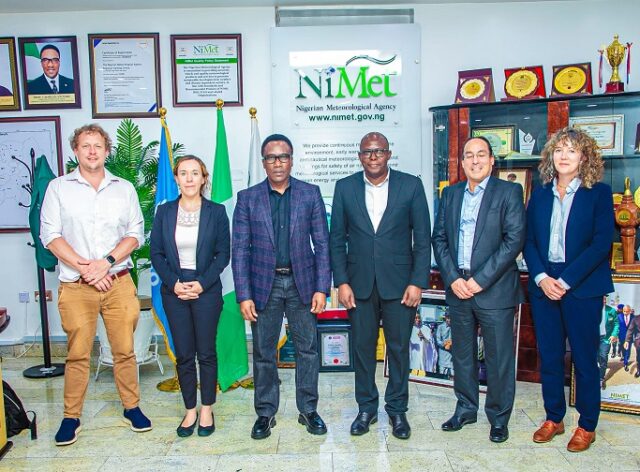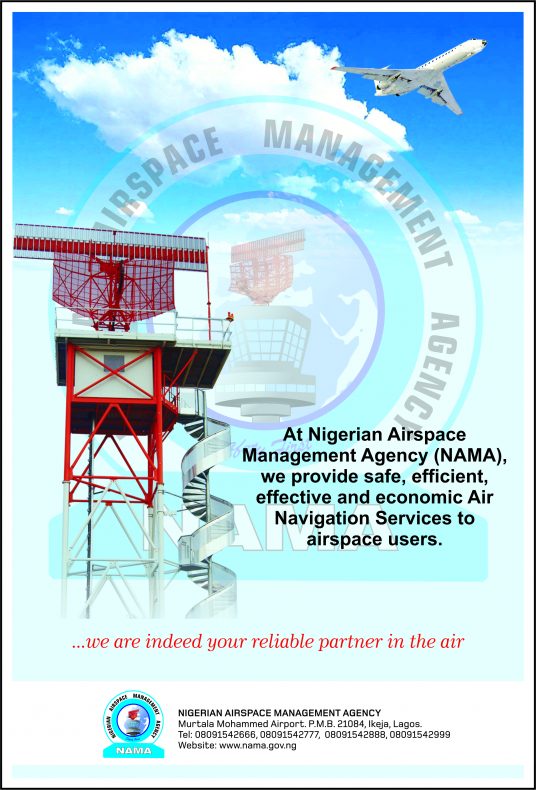
The Nigerian Meteorological Agency (NiMet) on June 3, 2025, received a World Bank team at its Abuja headquarters. The visit was part of a joint mission focused on strengthening Nigeria’s disaster risk management through early warning system investment.
Leading the World Bank team was Senior Disaster Risk Management Specialist, Mr. Francis Samson Nkoka. His delegation explored collaboration opportunities aimed at improving Nigeria’s preparedness for climate and weather-related emergencies.
Director General Nigerian Meteorological Agency and Permanent Representative of Nigeria with the World Meteorological Organization, Professor Charles Anosike, emphasized the need for accurate, timely and localised climate advisory services.
“Improving early warnings requires a multi-faceted approach,” Anosike said. “This includes leveraging technology, investing in capacity, and promoting inter-agency collaboration.” He added that building climate resilience hinges on these pillars.
NiMet’s facilities were showcased to the delegation, offering insight into the advanced tools used in generating reliable meteorological data. The visiting team saw how local weather patterns were forecasted using cutting-edge equipment.
The World Bank’s visiting experts included Lead Disaster Risk Specialist Mr. Oscar Ishizawa, Senior Specialist Ms. Mary Elinor Boyer, Specialist Ms. Nathalie Andrea Wandel, and Hydrometeorology Consultant Mr. Christopher Cameron Hann.
Their discussions centered on climate-driven risk, emergency preparedness and institutional readiness. They also reviewed strategies to scale up existing systems, including securing funding for hydrometeorological infrastructure and skilled workforce development.
This week’s meeting builds on earlier engagements held in January 2025 between the World Bank and Nigerian authorities. Those initial discussions focused on integrated frameworks for national risk assessment and emergency coordination mechanisms.
According to Nkoka, “The World Bank is keen to strengthen Nigeria’s resilience. Effective early warning systems are critical for disaster response and long-term planning.”
Globally, early warning systems have evolved from basic weather alerts to integrated platforms offering real-time data, risk mapping, and targeted response tools. Historically, they started as localized radio advisories in the 20th century and have since matured into digital, multi-layered tools enhanced by satellite data and artificial intelligence.
Today, countries that invest in them benefit from lower disaster casualties and more robust recovery strategies. This underscores why early warning system investment remains central to sustainable development efforts in climate-vulnerable regions like Nigeria.
NiMet and the World Bank agreed on the importance of continuous dialogue, innovation, and partnership to drive progress in disaster readiness. Their shared goal is to build a climate-smart future where lives and livelihoods are better protected.






















